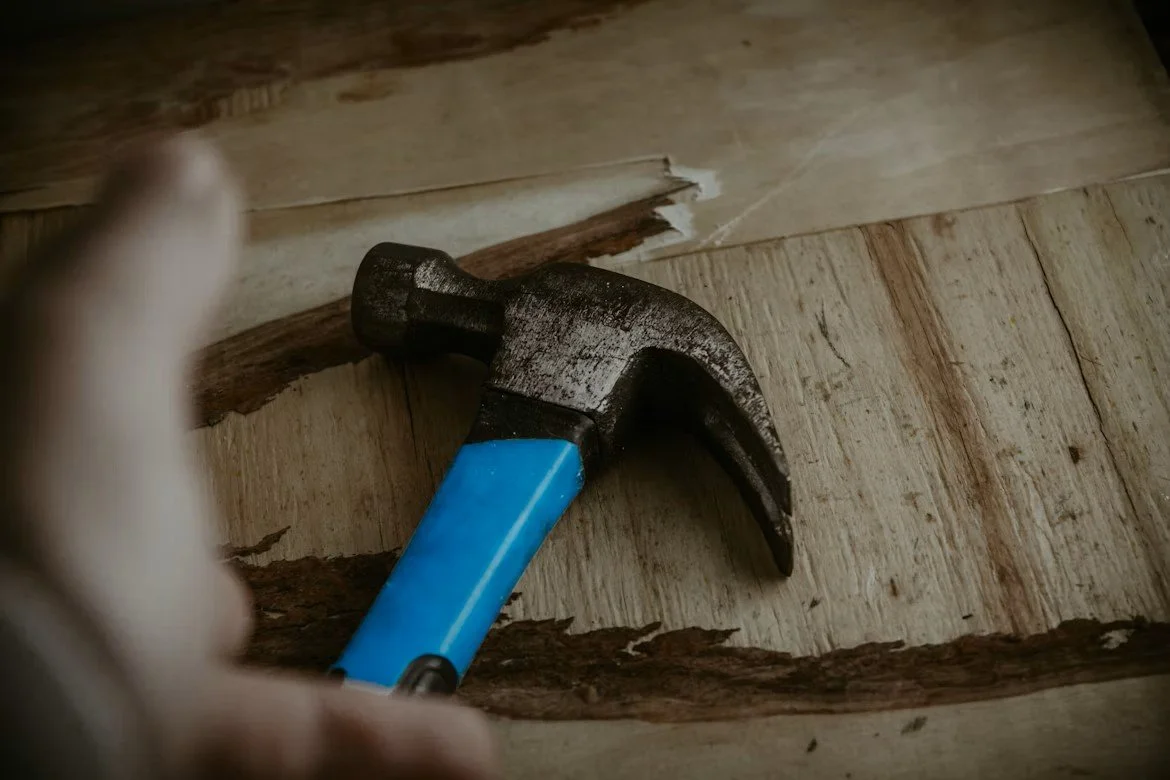Sustainable Luxury and Nature Mimicking Textures
What Luxury Means Now
In 2026 luxury design is defined by materials that show their origin and age with intent. The idea of sustainability has moved past trend language and into a focus on integrity and tactility. Our clients are asking for interiors that feel natural, substantial, and clear in purpose. Materials are chosen for their structure and texture rather than for decoration.
The surface tells the truth about how it was made. That is the new standard of refinement.
Texture Over Gloss
Smooth reflective finishes are losing appeal. The direction now favors materials with visible character such as brushed timber, cork, plaster, natural stone, and raw metals. These surfaces diffuse light and bring visual warmth without added pattern.
In practice this means replacing synthetic coatings with finishes that have body and weight. Regional sourcing has also become more relevant. Local stone and timber provide familiarity and reduce the environmental load of production. The result is a calmer interior that feels consistent with its setting.
Longevity as a Measure of Sustainability
The conversation about sustainability is no longer limited to recycled content. The real question is how well a material performs over time. We aim for selecting finishes that can be repaired or refinished rather than discarded.
Reclaimed wood, solid stone, true metals, and plant based fabrics are now considered long term choices. These materials gain value through maintenance rather than replacement. The focus has shifted from messaging to measurable endurance.
The Role of Craft
Technology has improved precision but it has not replaced the value of skilled making. Workshops are combining digital tools with manual finishing to achieve results that look natural yet exact. Routed timber panels, plaster ceilings applied by hand, and woven fiber screens are typical examples.
When we manage this level of execution, we are delivering interiors that feel resolved without excess. The mix of process and craftsmanship creates a result that cannot be replicated through mass production.
Sustainable design in 2026 is practical and measurable. It relies on materials that belong to their environment and that improve with care. Studio 1NINE1 approaches each project with a single rule: design for permanence, specify for clarity, and build for time.




